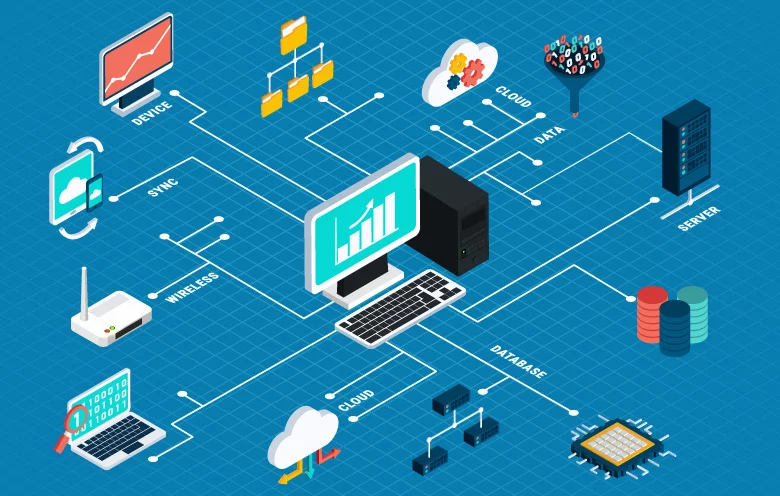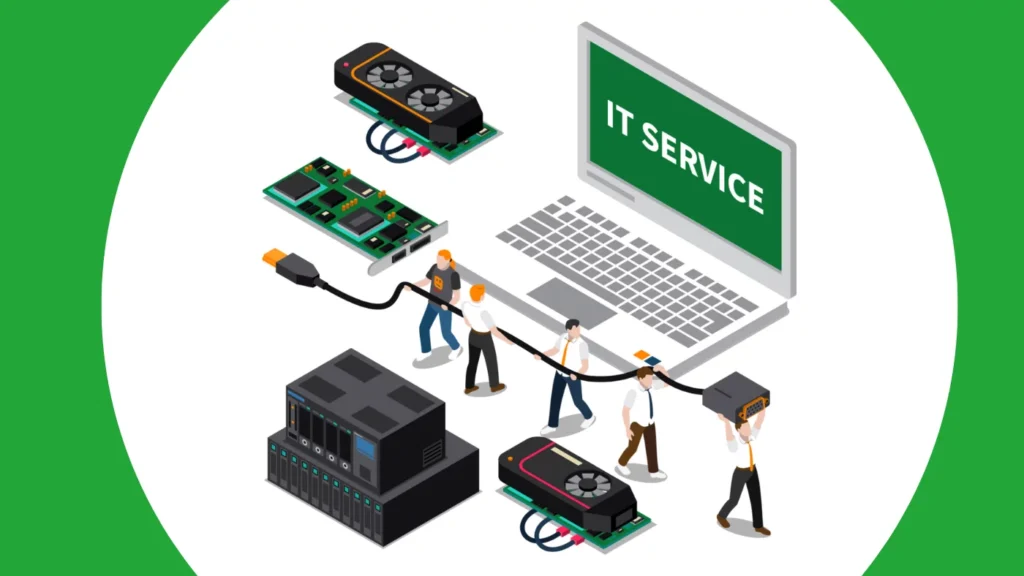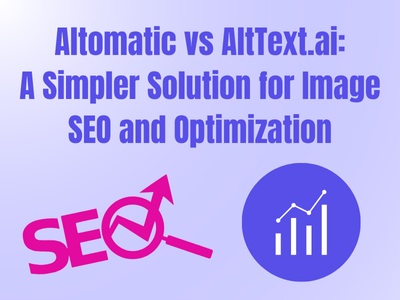Technology management can get complicated. Many businesses struggle to balance IT costs and performance. Maybe you’ve faced unexpected expenses or felt overwhelmed by tech issues. It’s frustrating when technology feels more like a burden than a tool for success. Managed IT services offer a different solution. They provide steady pricing, professional support, and stronger security, without the challenges of managing everything internally. Studies show managed IT can lower overall costs while enhancing business efficiency. This blog will outline the real costs and advantages of these services. You’ll discover how they measure up to in-house teams and where the greatest savings come from. Let’s find out if this option is the right fit for your business!

Key Benefits of Managed IT Services
Managed IT services reduce tech difficulties. They ensure your business operates efficiently while conserving time and resources.
Cost savings and efficiency
Outsourcing IT services trims unnecessary expenses. Managed IT services reduce training costs, eliminate pricey software purchases, and prevent expensive downtime. Businesses avoid surprise repair bills with subscription-based IT pricing models. Predictable monthly fees make budget planning easier for SMBs. Using trained professionals improves operational efficiency. Specialists handle complex tasks quickly, saving valuable time for internal teams. Cloud computing solutions simplify data management and cut hardware spending by replacing physical servers. These cost-effective methods help businesses focus resources on growth instead of troubleshooting tech issues.
Access to expert IT support
Investing in managed IT services saves money and links businesses to professional IT solutions. Certified professionals manage complex tasks like troubleshooting, updates, or system improvements. Their vast experience reduces downtime and ensures operations run efficiently. “Expertise is the foundation of dependable technology management.” Small-to-medium businesses (SMBs) gain greatly from this support, especially those seeking reliable business IT help in Indianapolis or similar regional services. Continuous availability ensures issues are addressed promptly, minimizing interruptions. Rather than dealing with DIY fixes or depending exclusively on an in-house team, companies access a broad range of skills without added overhead costs.
Enhanced cybersecurity measures
Cybersecurity threats grow daily, exposing businesses to risks like data breaches and ransomware. Managed IT services protect sensitive information with sophisticated tools such as firewalls, antivirus software, and continuous network monitoring —key components of modern cybersecurity solutions in Sacramento and other regional hubs.. They proactively identify vulnerabilities before hackers strike. Dedicated teams ensure adherence to laws like HIPAA or GDPR through robust cybersecurity compliance services, helping businesses avoid hefty fines and legal troubles Real-time updates address weaknesses quickly, keeping systems secure without interrupting business operations.
In the following section we will go through the differences and similarities between In-House IT and Managed IT costs.
Comparing In-House IT vs. Managed IT Costs
Managing IT internally often consumes significant time and money. Transitioning to managed services can make budgeting easier while minimizing unexpected costs.

Hidden costs of in-house IT management
In-house IT management often carries hidden expenses. Regular hardware upgrades and software licenses rapidly accumulate, straining budgets. Downtime from system failures or employee mistakes results in lost productivity and revenue. Small businesses feel the pressure most, as limited resources are stretched thin. Recruiting and retaining skilled IT staff is another challenge. Salaries, training costs, and benefits increase overheads far beyond initial expectations. Frequent turnover further disrupts workflows and reduces efficiency. These concealed burdens make predicting total in-house IT expenses nearly impossible. Consistent pricing models with managed services make planning for technology investments easier.
Predictable pricing models with managed services
Fixed pricing structures help businesses budget better. Instead of dealing with unpredictable expenses, managed IT services offer subscription-based plans. These plans often cover maintenance, support, and system upgrades under one consistent cost. Monthly fees eliminate sudden spikes in spending caused by emergencies or unexpected repairs. SMBs find adaptability with these models. Companies can select packages that match their specific needs without overspending on unnecessary features. Predictable IT service pricing prevents hidden costs tied to DIY approaches like downtime or repeated errors. Careful budgeting frees resources for other critical priorities. Unseen IT management costs often burden internal teams.
Now let’s understand the benefits of managed IT services and how they will help your business grow.
Intangible Benefits of Managed IT Services
You can’t measure peace of mind, but it sure feels priceless when tech operates flawlessly. Let someone else handle IT challenges while you focus on expanding your business.
Improved focus on core business functions
Businesses spend countless hours managing IT issues that could go toward growth. Managed IT services take care of technology tasks, enabling business owners to focus on strategy and client needs. IT outsourcing removes disruptions caused by system crashes or network hiccups. Teams stay productive without constant interruptions, allowing employees to dedicate themselves entirely to their primary responsibilities. When combined with an enterprise workforce solutions division, companies can also better manage their non-full-time workforce, ensuring all types of workers are supported and aligned with business goals.
Increased employee productivity and satisfaction
Managed IT services allow employees to focus on their main tasks without tech interruptions. With dependable IT support, downtime reduces significantly. Efficient operations mean work gets done faster and with fewer headaches. Employees feel less frustrated when issues are resolved quickly. Clear workflows lead to improved morale across teams. Happier staff often perform better and remain more dedicated to their roles. Access to updated technology through managed services keeps systems running smoothly, creating a stress-free environment for workers.
It is also important to learn how to calculate ROI for managed IT services to boost your business’ performance.
How to Calculate ROI for Managed IT Services
Understanding ROI isn’t rocket science. Break it down into costs, benefits, and numbers that matter most to your business.

Determining total benefits
Calculate total benefits by evaluating productivity enhancements, minimized downtime, and cost reductions. Managed IT services often lower repair expenses and address problems before they escalate. Explore indirect benefits such as improved focus on primary tasks and increased employee satisfaction. These benefits can improve business efficiency while assisting technology management efforts.
Applying the ROI formula
Calculate the overall benefits of managed IT services by assessing savings from less downtime, decreased internal costs, and minimized security incidents. Include any benefits from heightened productivity or enhanced customer interactions. Deduct the total expenditures for your subscription-based IT pricing plan and other related fees. Divide this outcome by the comprehensive costs of the managed IT services analysis. Multiply it by 100 to determine your ROI percentage.
Conclusion
Managed IT services save time and money while reducing stress. They provide expert support, enhanced security, and consistent costs. Instead of handling tech challenges, businesses can concentrate on growth. Smart investment leads to more efficient workflows and satisfied teams. The right decision can drive both productivity and success.
For more engaging and important articles don’t forget to check out our website.

